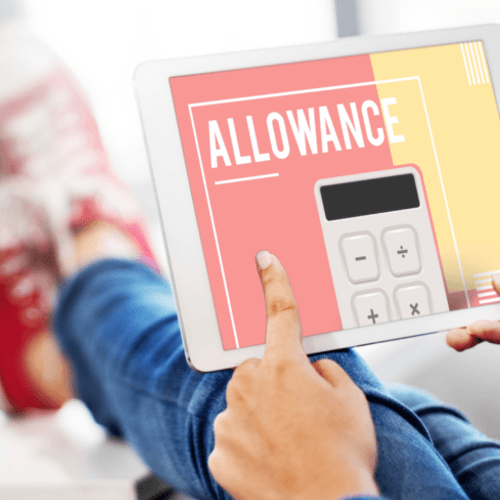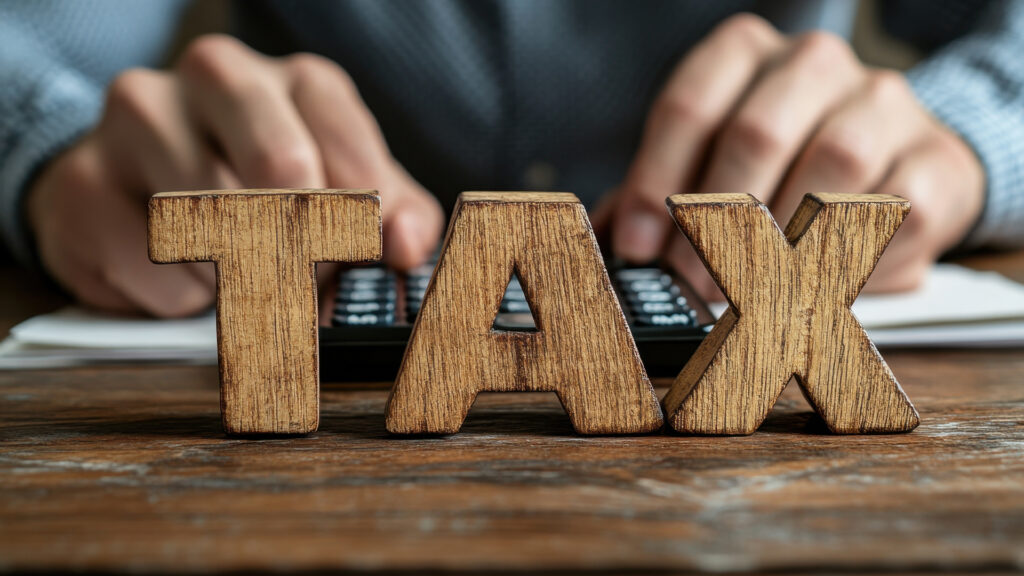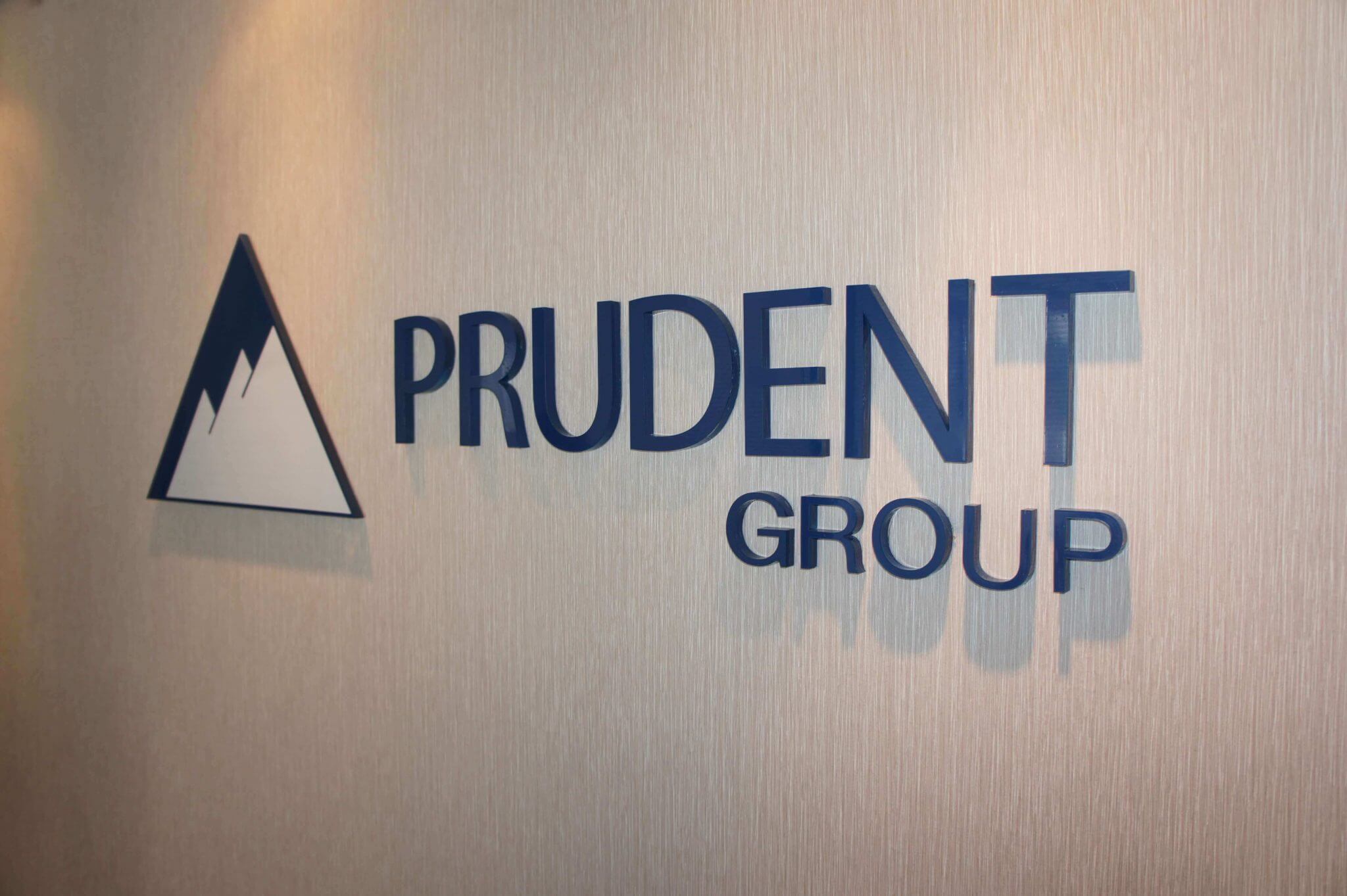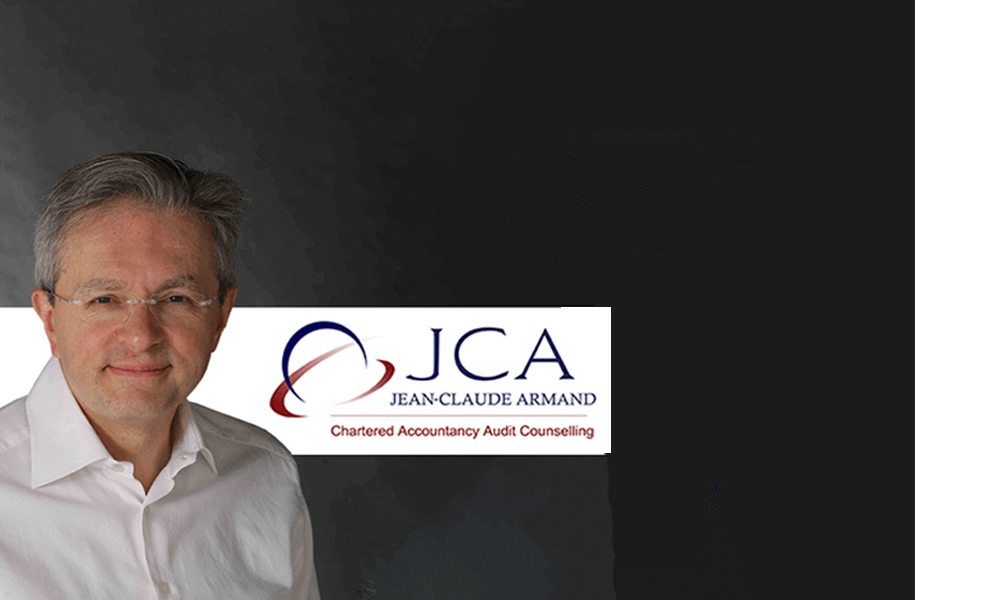
An Overview of the British Taxation Market for 2018
Taxes are one of those things that we cannot escape, so let’s take a look at what the current tax rates are in England for 2018 and what you will be expected to pay. The new tax year started on the 6th April this year, so make sure you are up to date with the latest changes.
Personal Tax Allowance
Every person of working age has a personal tax allowance in the UK. This tells us the amount of money we can earn before having to pay any income tax. Once you earn over your personal allowance, then you will have to pay income tax – but only on the amount above your personal allowance. How much tax you will pay will also depend on which earnings tax bracket you will fall into.
The 2018 personal tax allowance is £11,850 for those who earn under £100,000 per year. So you can earn up to £11,850 this year and not pay income tax on that amount.
If you earn between £100,000 and £123,700 this year, your personal allowance decreases from £11,850 by £1 for every £2 you earn above £100,000 until it reaches zero.
If you earn over £123,700 this year, your personal tax allowance is zero.
Marriage Tax Allowance
Those who are married or are in a civil partnership and were born after 6th April 1935 may be entitled to a marriage tax allowance. This allowance will enable a couple to transfer a portion of their own personal allowance to their partner.
If you were married on or after the 5th December 2005, then 10% of this allowance is subtracted from your income tax from the highest earner’s salary. Any couple married before 5th December 2005, will have this worked out by using the husband’s salary.
Income Tax Rate for 2018
Depending on your annual income, you will fall into an income tax bracket. So if your earnings fall below your personal allowance of £11,850 you will pay no income tax this year.
If you earn between £11,800 and £46,350 this year, then you will have the basic rate of 20% income tax applied to your earnings. If you earn between £46,350 and £150,000 this year, you will fall into the higher rate tax bracket of 40% income tax. Those earning over £150,000 this year will be subject to an additional rate of 45% income tax.
Your income tax will be automatically worked out for you and deducted at source through the PAYE (pay as you earn) process that your employer operates through their payroll system.
National Insurance Contributions (NICs)
Most UK workers will also have to pay NICs that are automatically deducted from their pay by their employer. The self-employed will also pay yearly contributions on their self-employed earnings. You normally pay NICs from the age of 16 up until you reach state pension age.
If you earn under £8,424 this year, then there will be no NICs to pay. If you earn between £8,424 and £46,350 this year, then you will pay 12% NICs on your earnings above the £8,424 threshold. If you earn over £46,350 this year, then you will pay 12% on the amount up to £46,350 plus 2% on everything above this amount.
Your National Insurance Contributions will be automatically worked out for you and deducted at source through the PAYE (pay as you earn) process that your employer operates through their payroll system.
If you are unsure about your NICs payments, then look for more guidance on the HMRC website.
Corporation Tax
Corporation Tax is not dissimilar to having Income Tax for registered companies. Corporation Tax is paid from the profits that a company makes from doing business – their trading profits, including investments and sales of assets that bring in more than they cost.
The Corporation Tax rate for company profits for 2018/19 is 19 percent, falling from 20 percent in 2017/18. Companies that make more than £1.5 million in profits need to pay Corporation Tax in instalments. Loss-making companies still need to inform HMRC.
There are certain Corporation Tax reliefs available, such as Research & Development (R&D) Relief for those working in science and technology, or creative industry tax reliefs. It is best to check with HMRC to see if your business qualifies.
Dividend Tax
If you are a shareholder in a company, you can receive dividend payments from the profits the company makes. This could be a one-off payment or a regular payment. Last year you could take up to £5,000 in dividend payments without paying any dividend tax. However, the threshold has now been lowered from £5,000 to £2,000 from 2018. So if you have been taking up to £5,000 previously in a tax-free dividend allowance, this has now been reduced to just £2,000.
How much tax you will pay on your dividend payments above the £2,000 threshold will depend on which income tax bracket you fall into:
Basic-rate = 7.5%
Higher-rate = 32.5%
Additional-rate = 38.1%
Tax Rebate Services have free tax calculators you can use online to work out how much tax you owe. You may be entitled to r & d tax credits also if you’re in the research and development phase of your business.





















